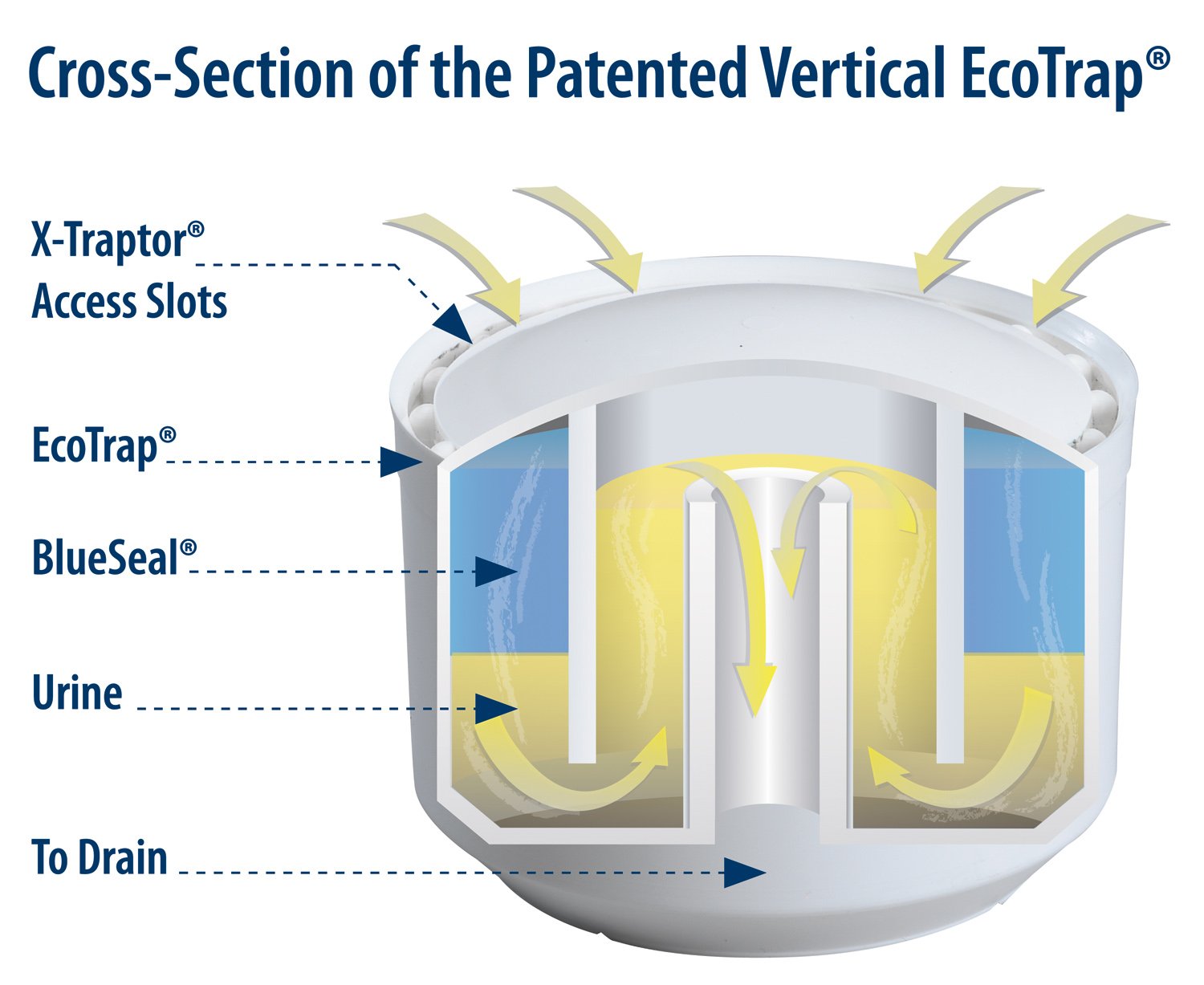It may sound incredible, but before 1989, urinals consumed about three to five gallons of water per flush (gpf) – or even more. This was reduced to about one gpf with urinals manufactured after 1992.
However, this is still one gallon per flush, too much. Even with the introduction of newer, more water-efficient urinals, it is still estimated that a single conventional urinal can use up to 20,000 to over 40,000 gallons of water per year. A lot depends on the location of the urinal – a school vs. a church, for example - how busy the facility is, and today, climate change.
As more areas worldwide become warmer, we are drinking more water and liquids. Consuming more beverages means more men need to use urinals.
This is also why no-flush urinals, such as those offered by Waterless Co., Inc., are attracting considerably more interest.
Here are some of the reasons why, including the cost benefits of waterless urinals:
Ease of Installation. Waterless units are easy to install because they usually have the same footprint as a conventional urinal. The waterlines to the no-flush urinal will need to be capped or removed because they are no longer needed. Other than that, the Waterless urinal should fit comfortably where the conventional urinal was once installed.
Fewer plumbing requirements. Because plumbing requirements are minimized with Waterless urinals, expect cost savings here as well. No more costly sensors or flush handles. And because these areas of the urinal most often need repair, fewer repair bills mean lower costs.
More hygienic. Even before the pandemic, most people did not want to touch anything in the restroom. Now, it is viewed as a necessity. Waterless urinals were one step ahead of the game. They have always been no-touch. Use them and walk away. You can't get more hygienic than that.
Secret to technology. Waterless urinals use a unique device called an EcoTrap® placed at the bottom of the urinal. This device contains a thin layer of liquid sealant, usually BlueSeal. When urine enters the urinal, it passes through the EcoTrap™ and the sealant and then flows down to the drainpipe as usual. The sealant also prevents odors from escaping into the restroom, making waterless urinals hygienic and odor-free.
Views of cleaning professionals. Many cleaning workers did not know how to clean waterless urinals initially. While the cleaning needs of these urinals is similar to conventional urinals, there are some differences.
For instance, never pour water or scrub the inside of waterless urinal. Usually, they only need to be sprayed with an all-purpose cleaner on the urinal's surfaces and wiped clean. If a disinfectant is used, always clean before disinfecting. This is the correct way to use disinfectants on any surface.
Final Thoughts
The exact year we will not have enough water to meet our needs is difficult to predict. It depends on several factors, including population growth, climate change, and water management practices.
However, the World Resources Institute says, by 2040, nearly half of the world's population will live in water-stressed areas. This means there will not be enough water in these areas to meet the needs of people and ecosystems in these areas.
Climate change is expected to make the water crisis worse. As the planet warms, it will experience more extreme weather events, such as droughts and floods. These events will disrupt water supplies and make the situation more challenging.
We have two options:
· Cut water consumption wherever possible.
· Use water more efficiently.
The two are interconnected. Only use water where needed, and if required, use it as efficiently as possible.
Klaus Reichardt, CEO & Founder at Waterless Co Inc. He is widely known as a thought leader and influencer regarding water-related issues. Waterless company helps facilities use water more efficiently, reduce water consumption, and lower operating costs.
www.waterless.com





















